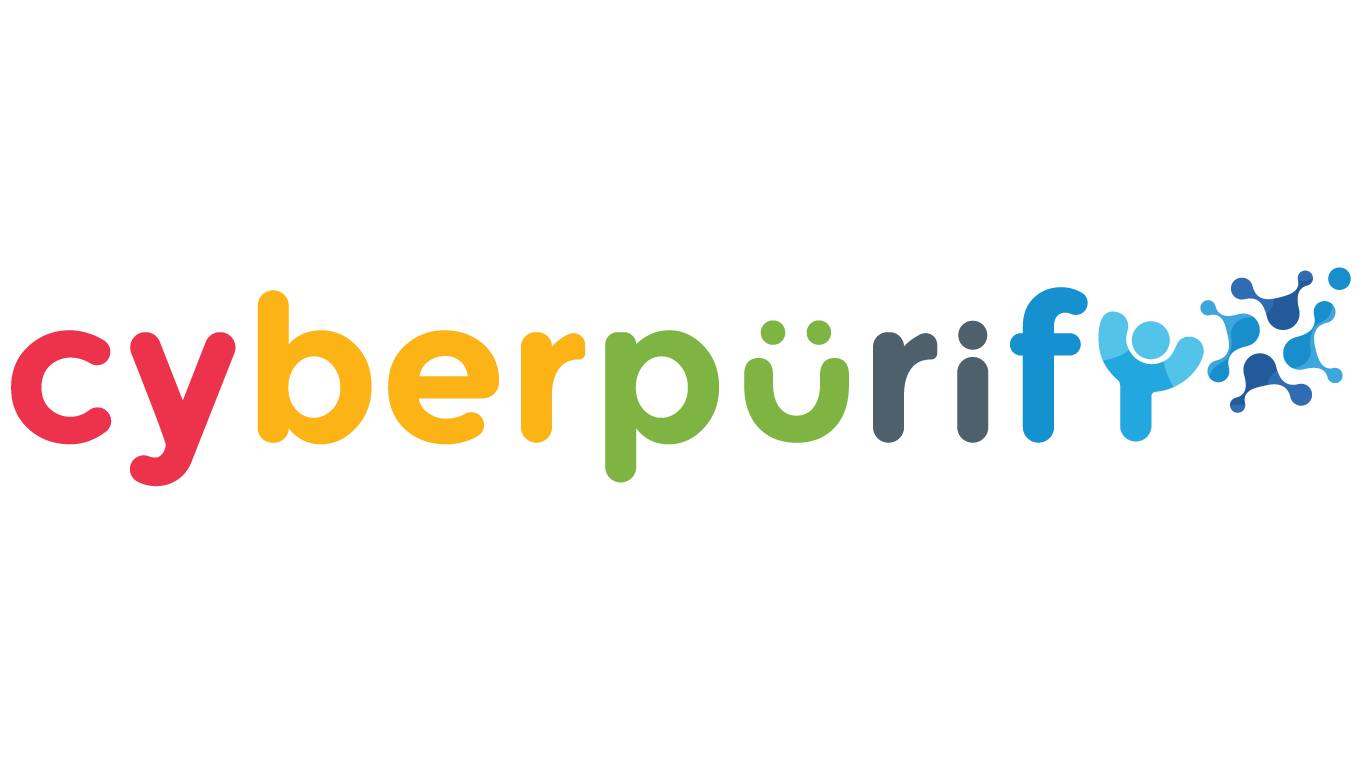Teenagers are increasingly using Snapchat – an interesting app with selfie filters (like the popular puppy filter), which allows users to create fun, sometimes silly photos and videos, and send them to their friends in seconds.
However, like any social network, Snapchat also has certain downsides. The article below will make you clear what parents need to know about Snapchat: What Snapchat is, its Snapchat features, and how to keep your kids safe while using Snapchat.
What is Snapchat?
Snapchat is a mobile app for Android and iOS devices that allows users to send photos and videos (called snaps) to other users. This application is launched to take pictures, recording videos and sending to recipients under the control of the sender.
However, unlike photos or videos sent via text or email, the special thing this app owns is that the photos sent on Snapchat disappear a few seconds after they are viewed. The only way the recipient can save the image is to take a screenshot.
Some Snapchat features
Before getting to know Snapchat’s key features, familiarize yourself with the following terms:
- Snapchatters: the term used to call Snapchat users
- Snap: Each snap is an image or video captured by Snapchat.
- Scores: The number of “snap” your child receives and sends.
- Snapback: This is the response to a snap.
- Bitmoji: Connecting Snapchat to your child’s Bitmoji allows them to use their emojis as their avatar.
- Emojis: Snapchat emoticons appear next to the names in your friends’ list, letting users know the friends they meet the most.
- Story: A story that your child can send to many friends at the same time. Recipients can view the content “story” unlimited times within 24 hours and they can also send many “snap” into a “story” to create a whole content story.


- Chat: Like other apps, this feature allows they to chat in private with your friends on Snapchat. In Chat also feature Here allows they to record video or audio clip directly to your friends every time they chat.
- Snap Map: In Snap Map, users can view public Snaps for major events as well as see the exact location of friends. The Snap Map option can be turned off by switching to Ghost mode in the settings.
- Memories: Memories is a personal album of Snaps and stories that your children save for easy sharing in the future.
- Discover: Allows users to view their friends’ Stories as well as public Stories and Shows. This is considered an important thing among what parents need to know about Snapchat. We will discuss later.
You might find this interesting too:
- Teen sexual harassment – 8 step-to-step parenting guide
- Teen sexual harassment – 8 step-to-step parenting guide
- Shazam: By long-pressing on the camera screen, users can let Shazam choose which song is playing to put on their Snap.
- Trophy: Your child can find a Trophy while doing any task or using features like sending video without sound, using the zoom feature or sending a Snap with a particular filter.
- Filter: They can edit photos by adding interesting filters. After you take a snapshot, swipe right or left on the preview screen to add a color filter, current time, local weather, speed overlays, or geofilter filters to their photos or videos. After taking a snapshot and applying the first filter, they can press and hold then swipe to add another filter.
- Geofilter: Like filters, you can use a geofilter to decorate images. However, unlike Filter, a geofilter can give the user a specific location.
Which age is appropriate for Snapchat?
According to Snapchat terms, the user must be 13 years old. You must enter your date of birth to set up your account, but there’s no age verification, so it’s easy for children under 13 to sign up.
Common Sense Media ranks Snapchat fine for teens 16 and older, mainly due to exposure to age-inappropriate content and marketing activities, such as quizzes, data collection.
Is Snapchat safe for children?
It is well known that social media platforms like Snapchat can expose children to harmful content. But apps are ever-changing, and even if you think you know how it all works, the latest update can make your knowledge obsolete overnight.
Here we take a look at some of the dark corners of Snapchat parents need to know.
- Self-destructing messages
This is what parents need to know about Snapchat. When Snapchat was first launched, it was seen as a “sexting app” because users sent and shared lots of sensitive photos, thinking they would self-destruct. However, teens need to understand that the content they share can be saved by taking screenshots. These screenshots are permanent and can never disappear. This is called Digital Footprint.
It’s best to chat with your child before they download Snapchat. The conversation can be about the possibility that their friends or strangers will put pressure on your child to send sexy pictures and discuss how to handle them if they are in such situations.


- Privacy and safety
Since it’s so easy to add friends to Snapchat, your child could end up making friends with lots of people they don’t know on their friend’s list. And depending on their settings, the app may collect data about their habits within – and out of – the app. Snapchat also works with third parties whom may use your child’s data.
- Risks of becoming a victim of sexual assaults
According to a report from the National Center for Missing and Exploited Children (NCMEC), from January to the end of September 2020, online enticement reports increased by 98.66%, and CyberTipline reports increased by 63.31% year-on-year in 2019. CyberTipline is the place where Internet users report materials related to child sexual abuse (CSAM).


Although the NCMEC was not able to directly determine whether COVID-19 was the cause of this spike, it is clear that there is a strong correlation between children and adolescents staying at home and online enticement reports.
What’s worse: Online predators openly discussed the COVID pandemic as an opportunity to entice children unsupervised by adults to take sensitive selfies/videos of themselves.
We have articles about how to keep your child safe online during covid. Hope you find it helpful!
Discover feature – The risk of accessing harmful content
As mentioned, Snapchat has a Discover section that offers Stories, the content outside of your child’s friends. These content ranges from advertisements to publications to posts by some popular users. Like Instagram and other social networks, the more clicks a content gets, the more likely it is to appear first. To get more clicks, the content must stand out and attract attention.
You can easily guess that the topic that always gain huge attention: Pornography.


How can I keep my kids safe from pornography on Snapchat?
Though by its terms of use, Snapchat has an age limit. When a new user enters their date of birth, Snapchat will show them content based on their age. So if your 13-year-old kid sets their date of birth correctly, Snapchat has stated that their algorithms won’t expose them to age-inappropriate content. However, this is a limitation when users can change age easily.
That’s why:
- Communication has always been one of the most effective ways to help minimize your child’s exposure to risky and dangerous behaviors. You should regularly have intimate conversations with your children about social media responsibilities and self-protection. This could be cyberbullying, sending and spreading pornographic materials, negative effects of Snapchat for teens, teens sell explicit content on OnlyFans, etc.
- Stay up-to-date on what risks children are exposed to online, negative trends in teen behavior, or what cyber attackers often have in common.


- Make your kids trust you! Regularly ask how they feel while using the app so you can know if a problem arises. Remember that pornography often receives a lot of attention from the users, so it is easier to be displayed on the Discover, and your child can have a high risk of accidentally exposing it.
Show your child that you are a trustworthy friend where they can turn to you when they see something or meet someone online that bothers or worries them.
- Teaching your child real-life skills will never be enough, to better protect your child, especially when both you and your child depend (a lot) on the Internet, you need to teach your child soft skills in the digital age, helping them better protect themselves and become a responsible citizen of the Internet. We also have internet safety tips for parents.
- However, pornography is not only found on social networks, it is widespread and creeps into websites that have nothing to do with pornography. To ensure your child’s online environment is safe and healthier, you should consider one of the best free parental control software – online content filtering tool to hide 15 types of harmful content on the Internet, including:
- Pornography
- Horrifying content like gore, accidents, ghosts, violence, murder, terrorism, etc
- Content about stimulants, addictive substances such as alcohol, beer, marijuana, drugs, etc
- Content with aggressive elements, hurting others like Hate speech
The special thing is that this extension is completely free, helps to minimize your child’s access to harmful content, ensuring a healthy online environment for your child but at the same time, not invading their privacy rights.
Finally, don’t miss these useful parenting tips:















